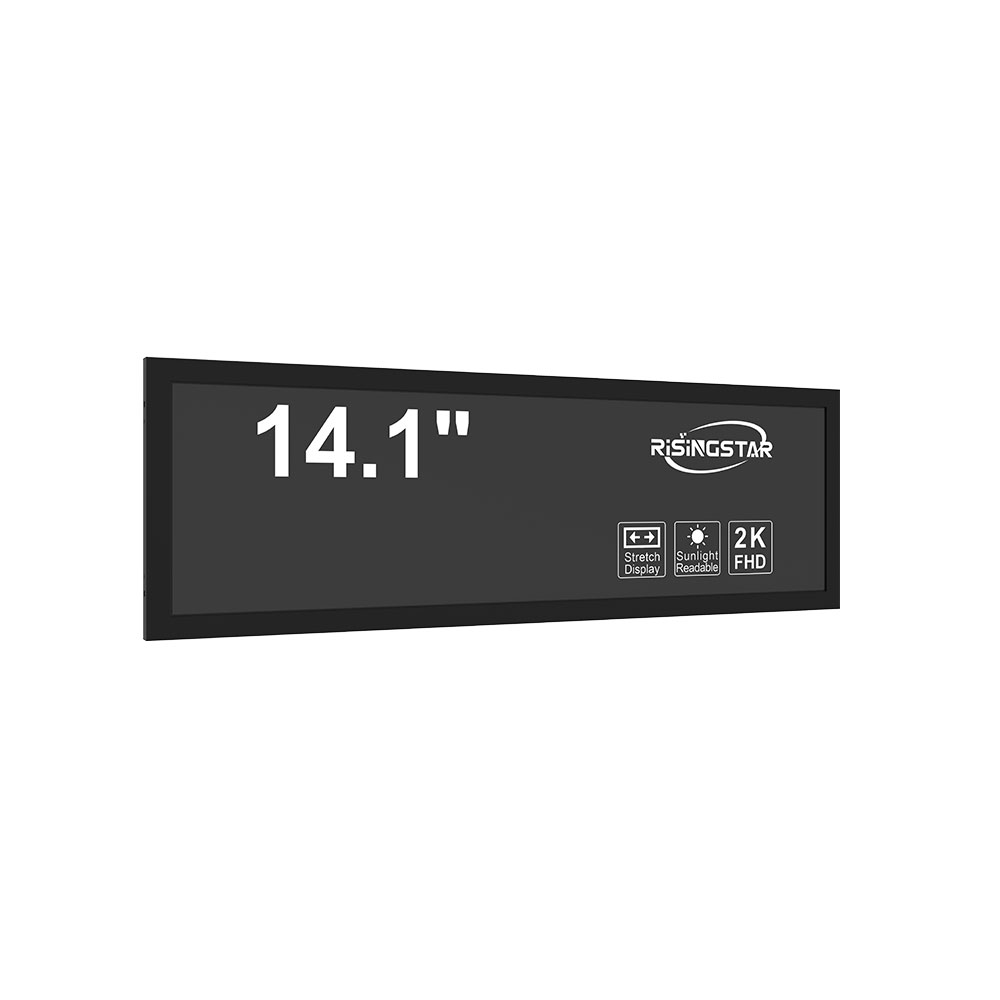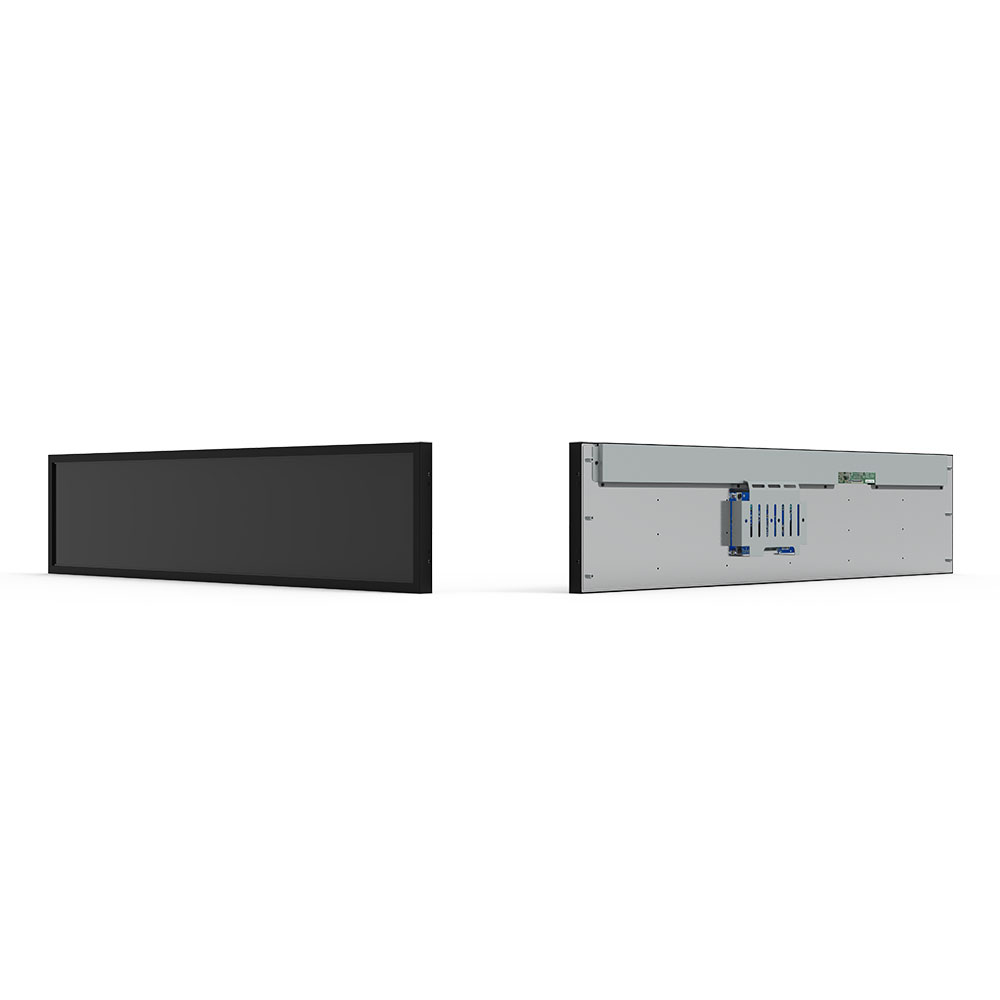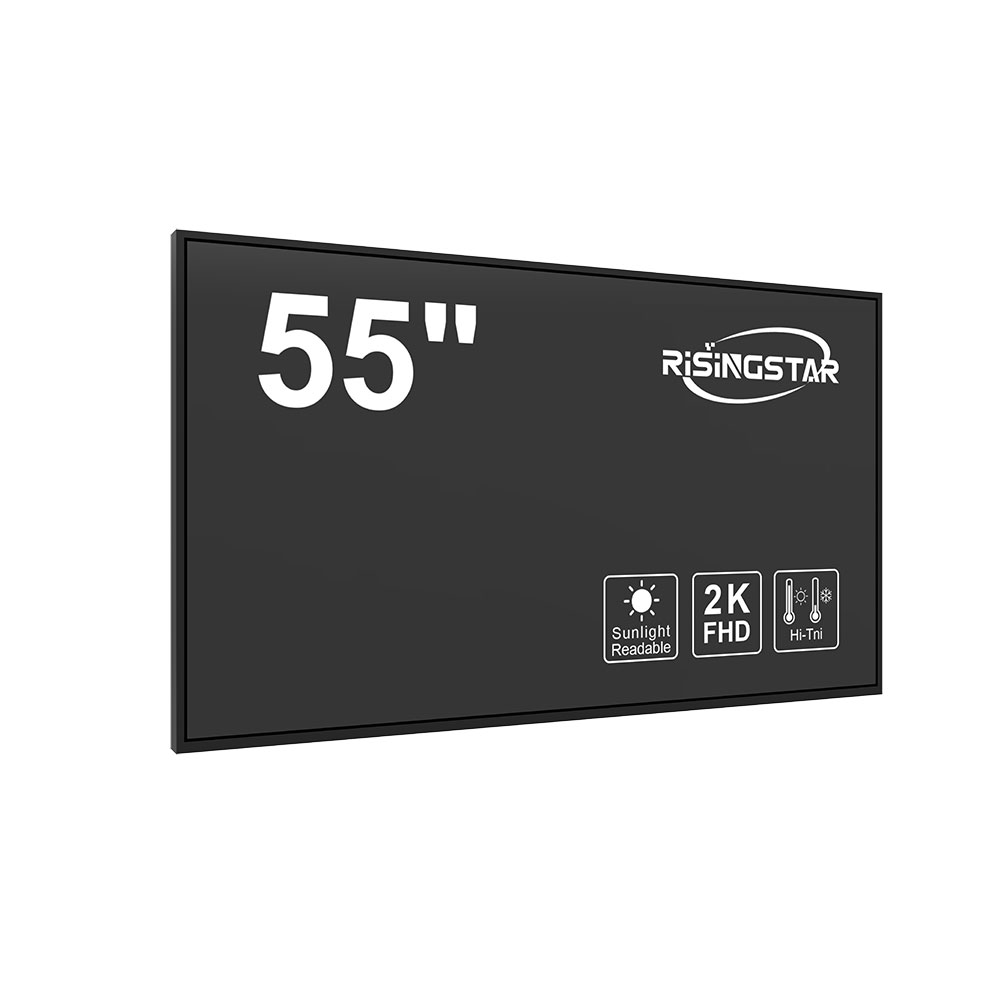- Home
- About Us
- Products
- News
- Video
- Contact
- Send Inquiry
Search
- Home
- About Us
- Products
- News
- Video
- Contact
- Send Inquiry

The mura effect is a critical visual defect commonly observed in liquid crystal display (LCD) technology, particularly in outdoor high-brightness displays used for digital signage, transportation systems, and public information kiosks. It manifests as non-uniform brightness, color inconsistency, or shadow-like patterns across the screen—often appearing as light or dark spots, lines, or patches that are not part of the intended image content. While subtle in indoor environments, these anomalies become glaringly obvious under direct sunlight or bright ambient lighting, significantly degrading user experience and display performance.
Mura defects typically originate during the manufacturing process. They result from inconsistencies in the liquid crystal layer’s alignment, variations in backlight uniformity, or imperfections in the thin-film transistor (TFT) array. For example, if some pixels do not respond uniformly to electrical signals due to uneven electrode deposition or aging of the liquid crystal material, localized dimming or blooming occurs. Similarly, issues with the diffusion film or light guide plate in LED-backlit panels can lead to hotspots or dark bands—a phenomenon known as “mura” in Japanese, literally meaning “blemish.”

In outdoor applications, where brightness levels often exceed 5,000 nits (and sometimes reach 10,000 nits), the mura effect becomes especially problematic. High-brightness requirements necessitate powerful LED arrays and advanced optical films, but even minor imperfections in component tolerances can magnify visibility. According to a 2023 study published by the Society for Information Display (SID), approximately 12% of outdoor LCD panels fail initial quality inspections due to mura-related defects—a figure that underscores the need for tighter manufacturing controls and automated optical inspection systems.
Manufacturers like LG Display, Samsung Display, and BOE have invested heavily in reducing mura rates through innovations such as adaptive pixel calibration algorithms, improved backlight modulation, and AI-driven defect detection tools. For instance, Samsung’s QD-OLED technology incorporates self-emissive pixels, which inherently reduce mura compared to traditional LCDs, while LG’s Transparent OLED solutions leverage edge-lit LED designs to minimize hotspots.

From an end-user perspective, mura effects can compromise brand perception in commercial settings. A 2022 survey by Display Daily found that 68% of consumers noticed and disliked mura patterns on outdoor digital ads within 10 seconds of viewing—highlighting how critical this issue is for advertisers and city planners deploying large-format screens. Additionally, regulatory bodies like the International Electrotechnical Commission (IEC) now recommend IEC 62379 standards for evaluating mura severity in professional-grade displays, ensuring consistency across global markets.
To mitigate mura, several technical strategies are employed: enhancing panel-level calibration, using higher-quality polarizers and glass substrates, and implementing real-time software compensation. Some manufacturers also offer post-production correction via firmware updates—especially useful for dynamic content such as live sports broadcasts or weather maps where uniformity matters most.

Ultimately, understanding and addressing the mura effect is essential for delivering reliable, high-performance outdoor LCD screens. As demand grows for brighter, more durable displays in urban infrastructure, traffic management, and retail environments, minimizing mura isn't just a cosmetic concern—it's a core engineering challenge that directly impacts usability, longevity, and ROI.